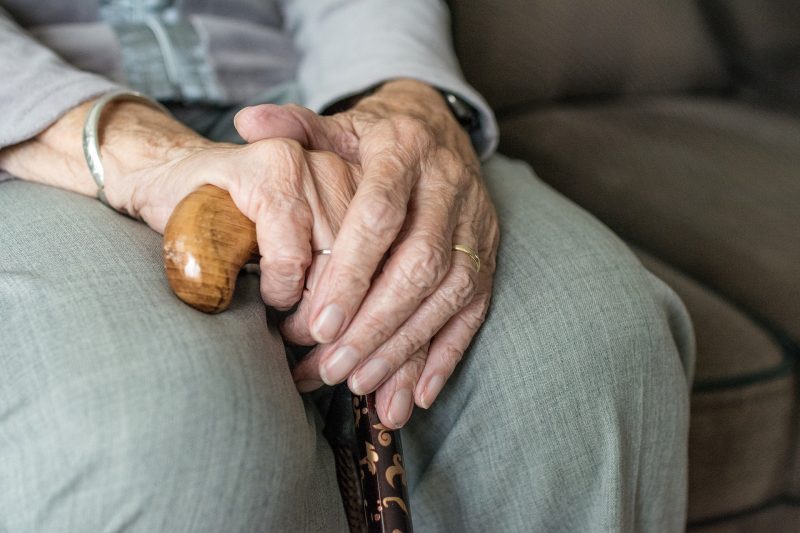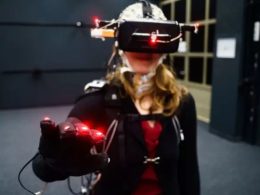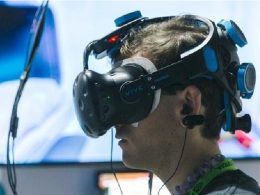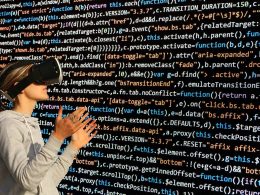Does he look nice? Should he have big eyes? A round head? What will the service robot of the future look like? What effect do certain prototypes have on young and older people? This is what scientists at Friedrich Schiller University Jena want to find out. With the help of test subjects, they are testing how they interact with robots.
Scientists at the University of Jena are currently researching what the robots of the future should look like. Around 50 test subjects aged between 18 and 30 and 55 and 70 have already been trained with the help of a Virtual Reality glasses were catapulted into another world. In this world, they were shown various prototypes of robots and asked to rate their appearance and likeability.
"Digital development is progressing enormously," says Prof Dr Stefan Schweinberger from the Chair of General Psychology. He is in charge of the research project "Psychological anxiety measurement in human-robot interaction, taking individual differences into account". The experts are already certain of one thing: service robots will play a greater role in care and household tasks in the future.
Likeable robots are in demand
"The more sympathetic the robots appear, the easier it is for people to interact with them," says PhD student Paul Winkler. He is responsible for the tests and wires up the test subjects in a laboratory in the basement. During the test, heart rate and skin resistance are measured in this way and it is checked whether the statements made by the test subjects behind the VR goggles correspond to their physical reactions.
Surprising: older people are more open
"What we have already been able to establish in an initial study: The cliché that older people have more reservations about robots is not necessarily true," says perception researcher Schweinberger. Rather, the younger generation reacts sceptically to the technical beings that will bring coffee to the table in the future or remind you to take your daily tablets. While in some areas of production nothing would work without industrial robots - for example on the assembly line for lifting heavy loads - it is not yet clear when and if such machines will find their way into households.
Source: mdr









